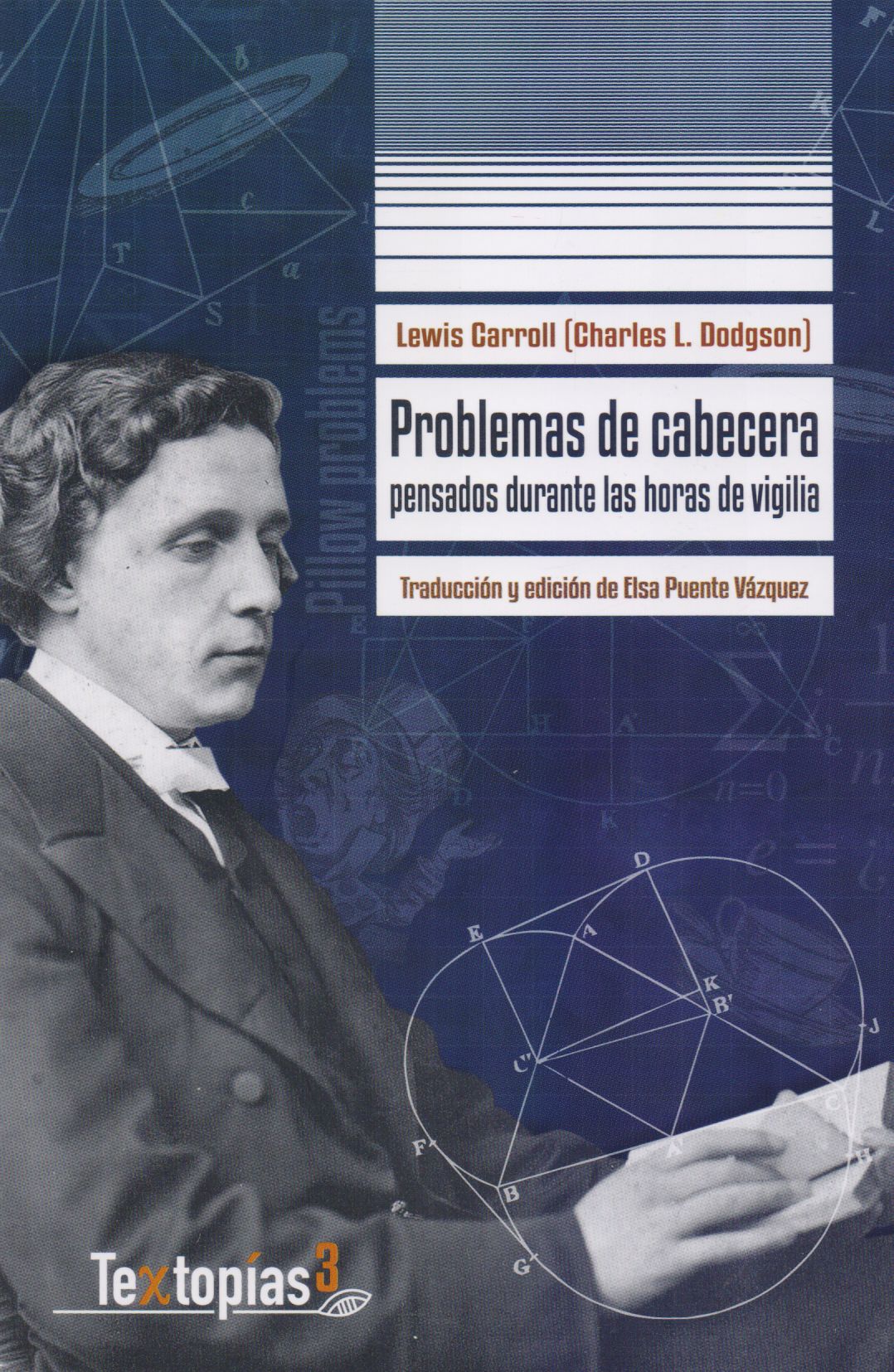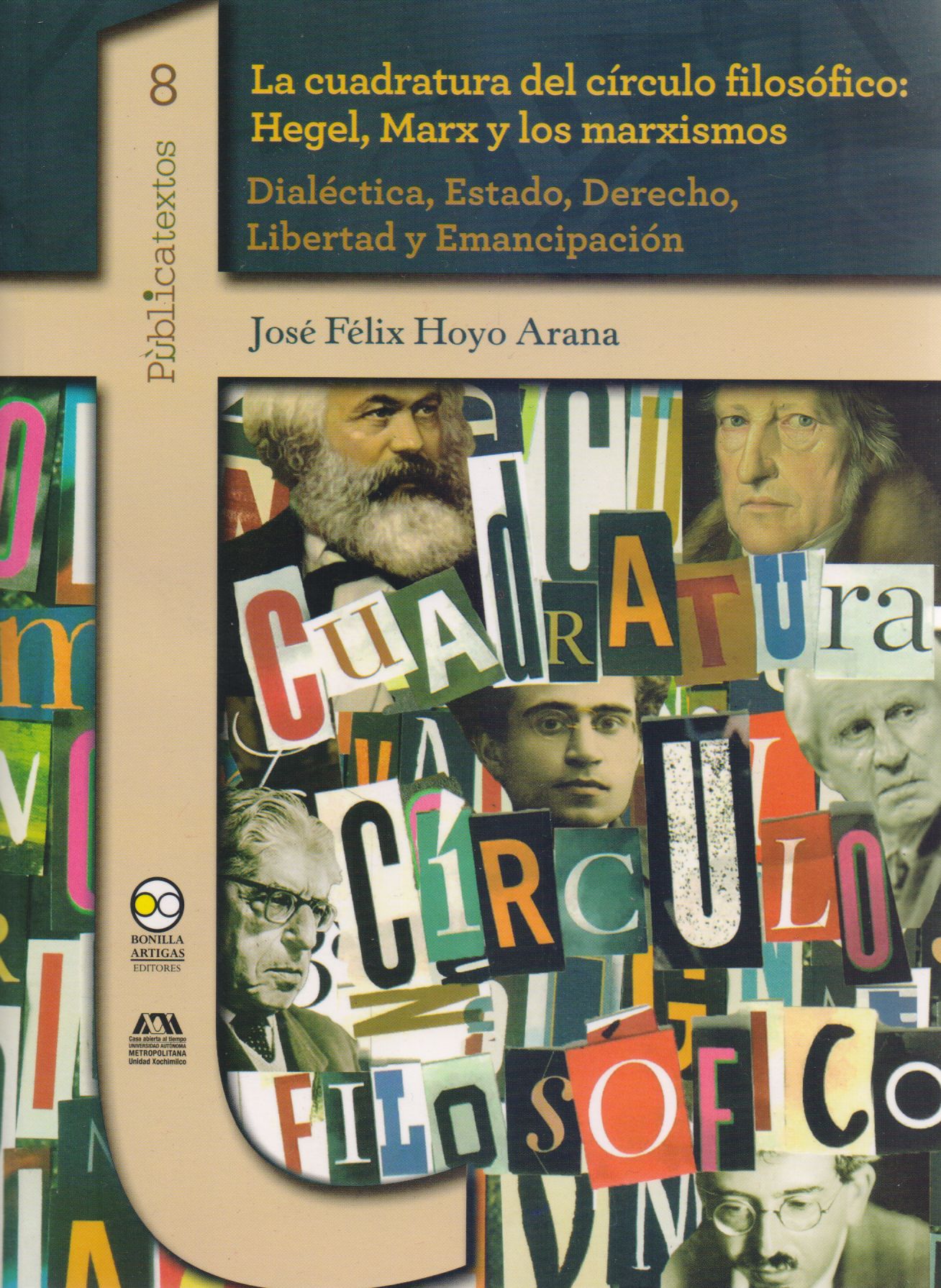Libros relacionados
 |
Poder de la Influencia, El: Geografía del Caciquismo en España (1875-1923) Varela Ortega, José Marcial Pons |
 |
Problemas de Cabecera: Pensados Durante Horas de Vigilia Carroll, Lewis (Charles L. Dodgson) Bonilla Artigas Editores |
 |
Cuadratura del Círculo Filosófico, La: Hegel, Marx, y los Marxismos Hoyo Arana, José Félix Bonilla Artigas Editores |
 |
Estudios de las Mujeres Hacia el Espacio Comnún Europeo, Los Arriaga Flores, Mercedes / Estévez Saá, José / López Enamora Arcibel Editores |
 |
Genero, Acoso y Salud. Violencia Contra las Mujeres Gómez Terrón, Rafaela / Guerra García, Mónica / Rodíiguez Sa Arcibel Editores |


|
Título: Equilibrium Manifold, The. | |
| Autor: Balasko Yves | Precio: $490.00 | |
| Editorial: The Mit Press | Año: 2009 | |
| Tema: Economia, Estudio, Analisis | Edición: 1ª | |
| Sinopsis | ISBN: 9780262026543 | |
| In The Equilibrium Manifold, noted economic scholar and major contributor to the theory of general equilibrium Yves Balasko argues that, contrary to what many textbooks want readers to believe, the study of the general equilibrium model did not end with the existence and welfare theorems of the 1950s. These developments, which characterize the modern phase of the theory of general equilibrium, led to what Balasko calls the postmodern phase, marked by the reintroduction of differentiability assumptions and the application of the methods of differential topology to the study of the equilibrium equation. Balasko's rigorous study demonstrates the central role played by the equilibrium manifold in understanding the properties of the Arrow-Debreu model and its extensions. Balasko argues that the tools of differential topology articulated around the concept of equilibrium manifold offer powerful methods for studying economically important issues, from existence and uniqueness to business cycles and economic fluctuations.
After an examination of the theory of general equilibrium's evolution in the hundred years between Walras and Arrow-Debreu, Balasko discusses the properties of the equilibrium manifold and the natural projection. He highlights the important role of the set of no-trade equilibria, the structure of which is applied to the global structure of the equilibrium manifold. He also develops a geometric approach to the study of the equilibrium manifold. Applications include stability issues of adjustment dynamics for out-of-equilibrium prices, the introduction of price-dependent preferences, and aspects of time and uncertainty in extensions of the general equilibrium model that account for various forms of market frictions and imperfections. Special effort has been made at reducing the mathematical technicalities without compromising rigor. |
||
Librería Bonilla SA de CV © Todos los derechos reservados. 2019
Última actualización: Jul 2019




